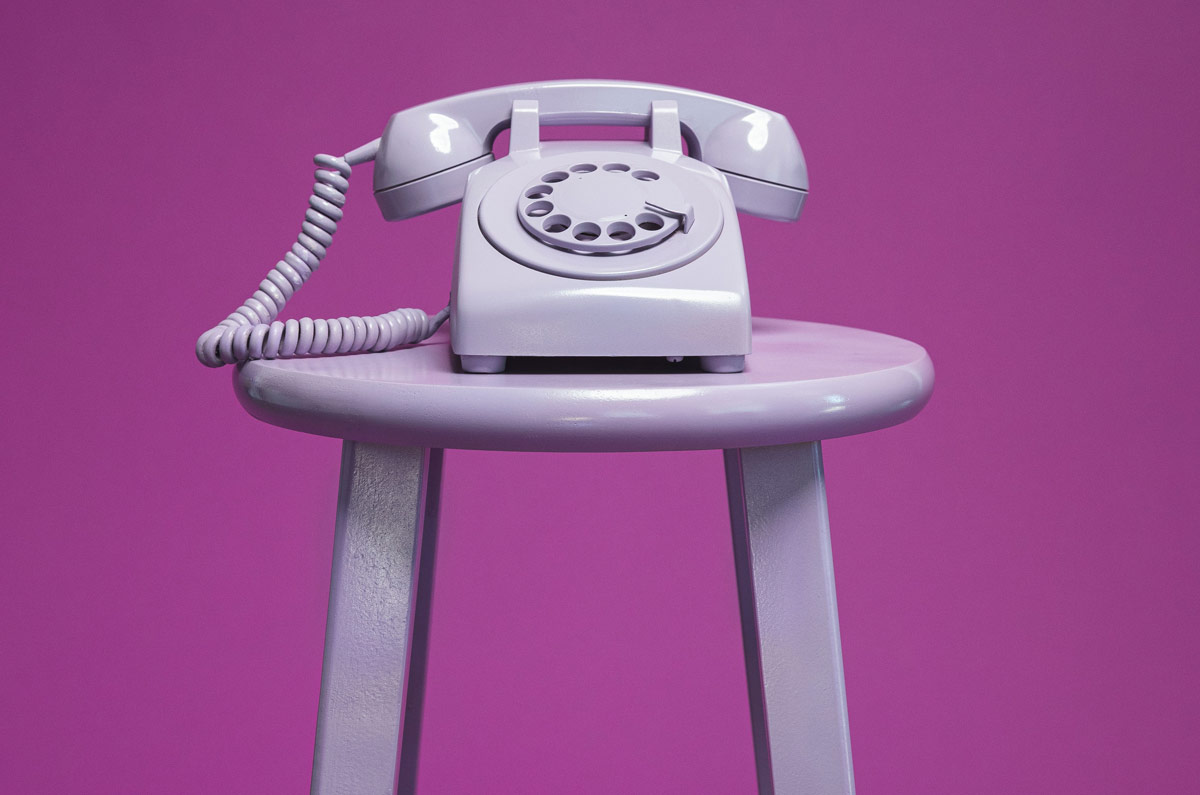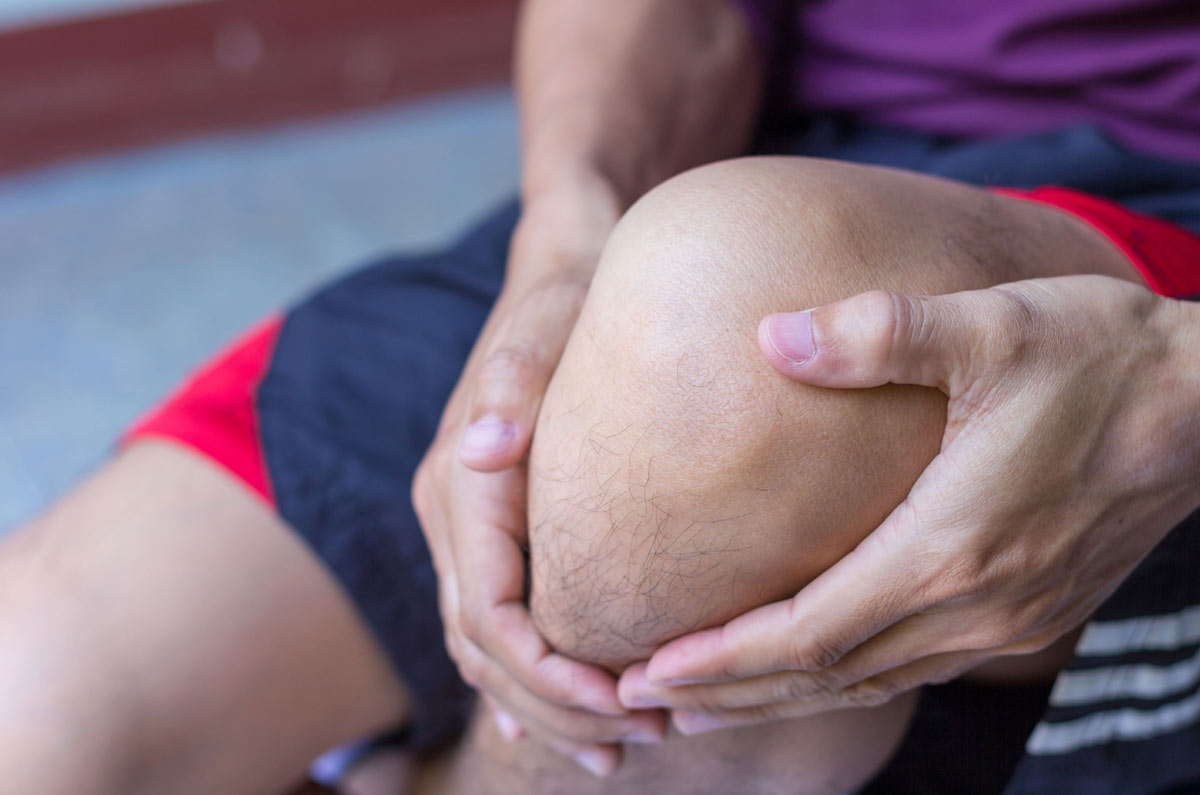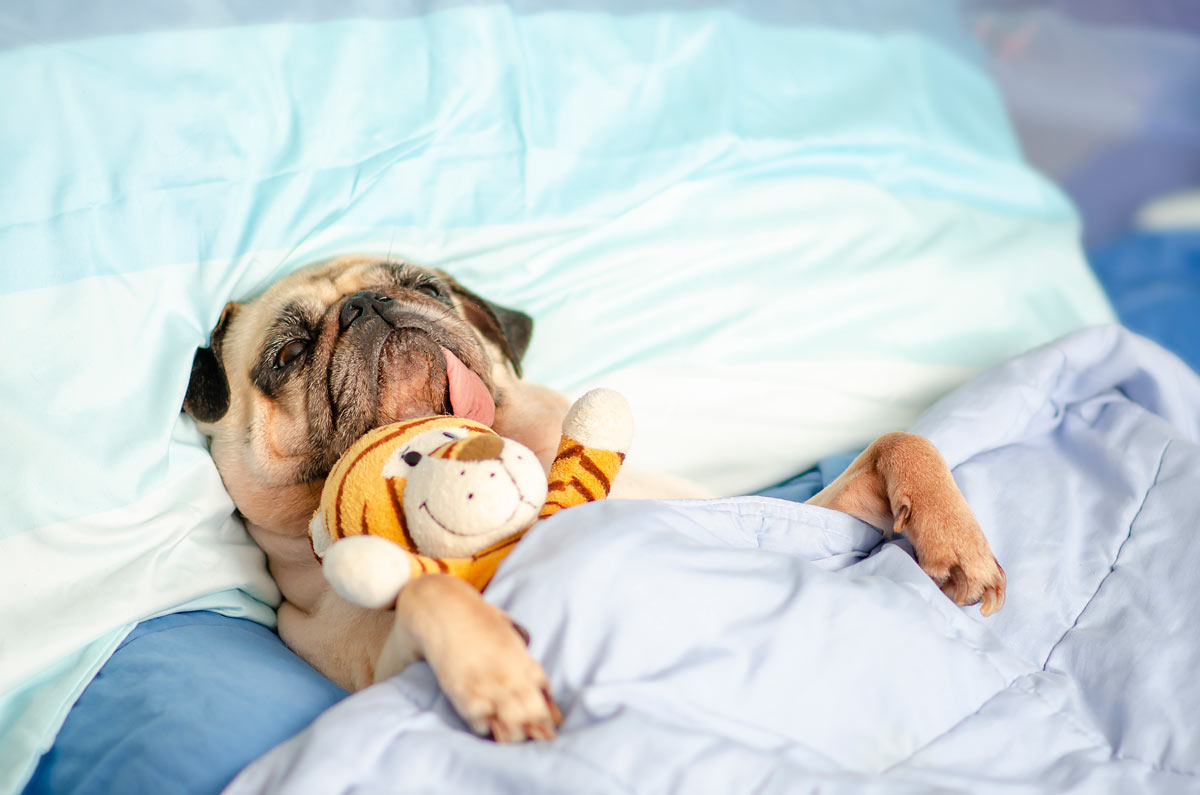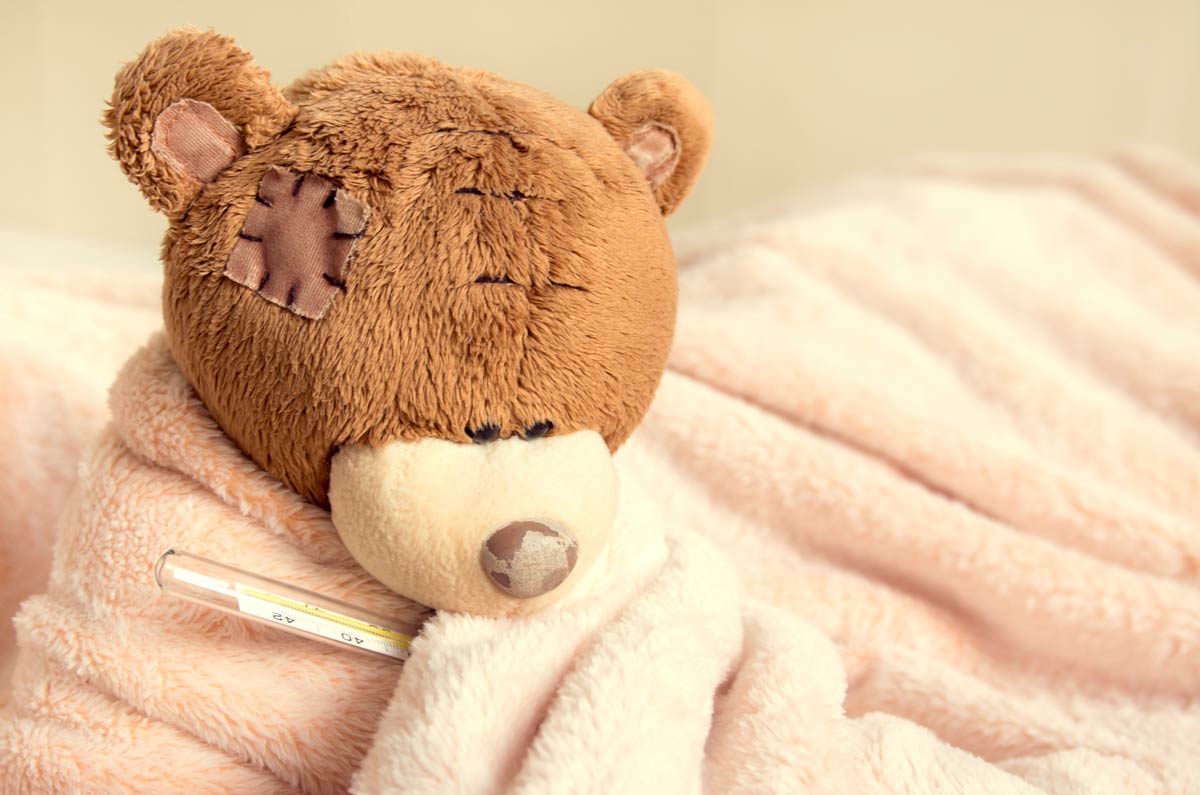The silent spread of COVID-19
By now we’re all aware that some people with COVID-19 may never feel sick or have any symptoms. They’re what’s called asymptomatic – they have no symptoms at all.
But did you know that people can also spread the virus when they’re pre-symptomatic – contagious before the onset of symptoms; or mildly symptomatic – they have minor symptoms such as a cough or slight fever.
Understanding how the virus spreads throughout the community gives our health system and researchers more tools to fight it. While there’s still so much we don’t know about this virus, we’re learning more and more every day.
Asymptomatic
You can be a carrier of a disease and never show signs of the illness yourself. The most famous case is that of Mary Mallon – or as the press dubbed her – Typhoid Mary. In the early 1900s she worked as a cook in America. She spread typhoid fever to many of the people she cooked for, even though she appeared and felt perfectly well.
This is what it means to be asymptomatic. You carry the disease but you aren’t sick. In the case of COVID-19, people who are asymptomatic have none of the signs we’re on the lookout for – no cough, fever, breathing issues, fatigue.
While this is great for them, it means that they could unwittingly share the virus with others – family, friends, the general public. They don’t know they’re carrying the virus, so they don’t isolate themselves to stop the spread.
We don’t know how common this is. There are estimates that range from 5-80% – obviously a massive difference! This discrepancy in stats is in part due to the fact that they come from different studies around the world, from different, unique settings (e.g. aged care facilities, cruise ships), different demographics of people and the diversity of testing practices around the world.
Until we’re in a position to test more of the community, not just those who display symptoms, we can’t know how much of the population are asymptomatic.
We also don’t know to what extent this group is infecting others. Are they highly contagious and infect a lot of people, or do they infect only a small number? We just don’t have enough information to be sure.
Pre-symptomatic
This is the group of people who have the virus but aren’t yet showing symptoms. Again they’re out and about living their lives and not realising they’re contagious. They appear to be infectious 1-3 days before they start showing symptoms themselves.
Mildly symptomatic
This final group is people who have mild symptoms such as a light cough or low fever or feel a little fatigued, but otherwise don’t feel unwell. At this time of the year many of us may put these symptoms down to things like allergies or a cold or even our musculoskeletal condition. But it may in fact be COVID-19.
That’s why if you have any symptoms, no matter how mild, you need to stay home and contact your doctor about getting tested. If you’re not sure what the symptoms are, use the healthdirect online symptom checker or call the National Coronavirus Help Line on 1800 020 080.
Why does this matter?
We’re learning a lot about COVID-19, but there is still so much we don’t know. And if we’re going to win this fight against the virus, we need to know how many people are unknowingly spreading the virus. This will help make better predictions about how the virus will affect communities going forward, as well as the types of things we can do to combat it.
But until we have this information we all need to continue to maintain good hygiene, practise physical distancing, self-isolate if we’ve been in contact with someone who’s tested positive to the virus, stay active, eat well and look after our mental health. All of these things will help prevent the spread of COVID-19 and help us stay healthy and well.
Contact our free national Help Line
If you have questions about things like COVID-19, your musculoskeletal condition, treatment options, telehealth, managing your pain or accessing services be sure to call our nurses. They’re available weekdays between 9am-5pm on 1800 263 265; email (helpline@msk.org.au) or via Messenger.
More to explore
- Asymptomatic coronavirus: how common is it and can its spread be contained?
The Guardian, 30 May 2020 - Infected with the coronavirus but not showing symptoms? A physician answers 5 questions about asymptomatic COVID-19
The Conversation, 30 April 2020 - Typhoid Mary’s tragic tale exposed the health impacts of ‘super-spreaders’
National Geographic, 17 March 2020
Photo by mauro mora on Unsplash


















